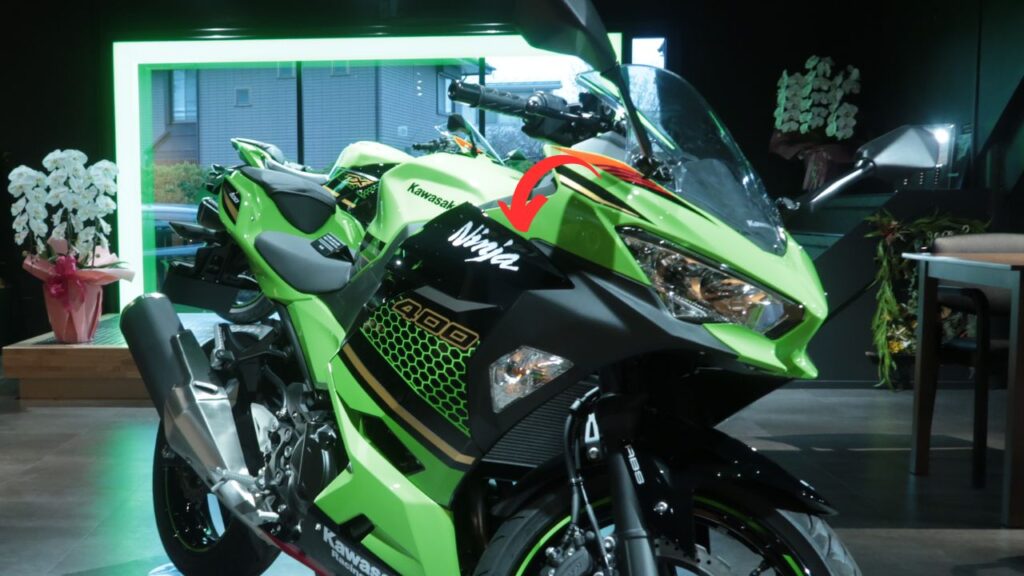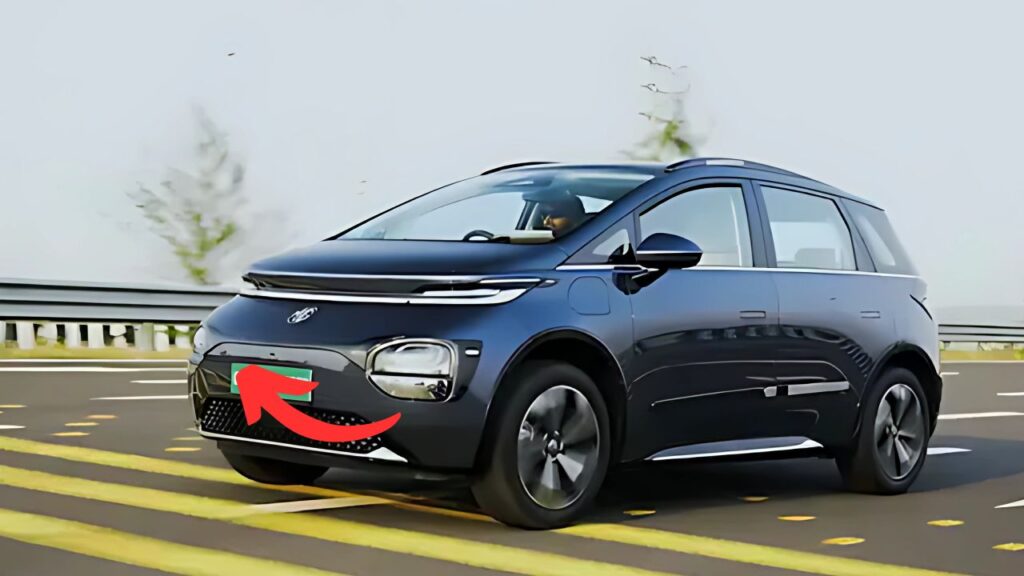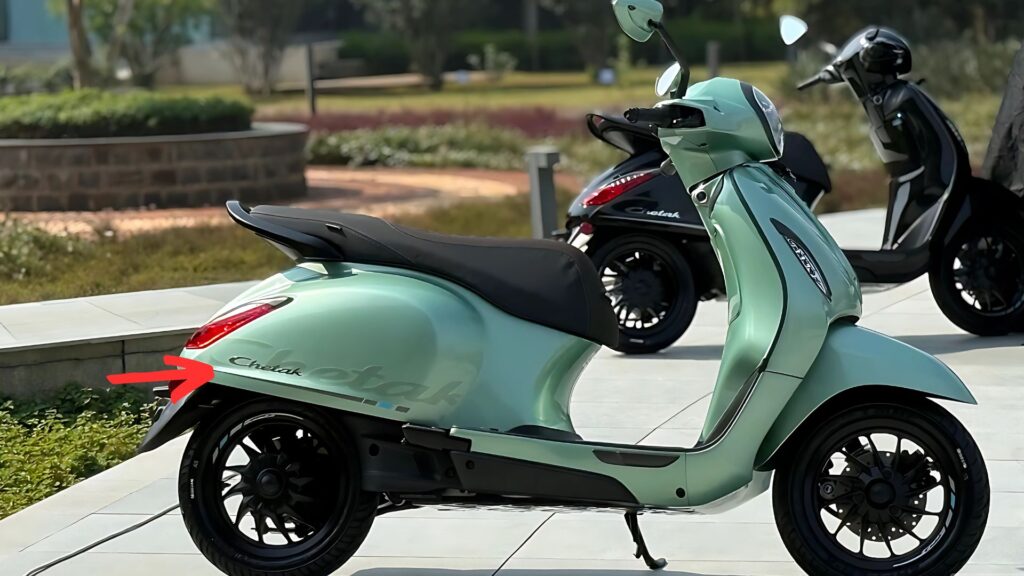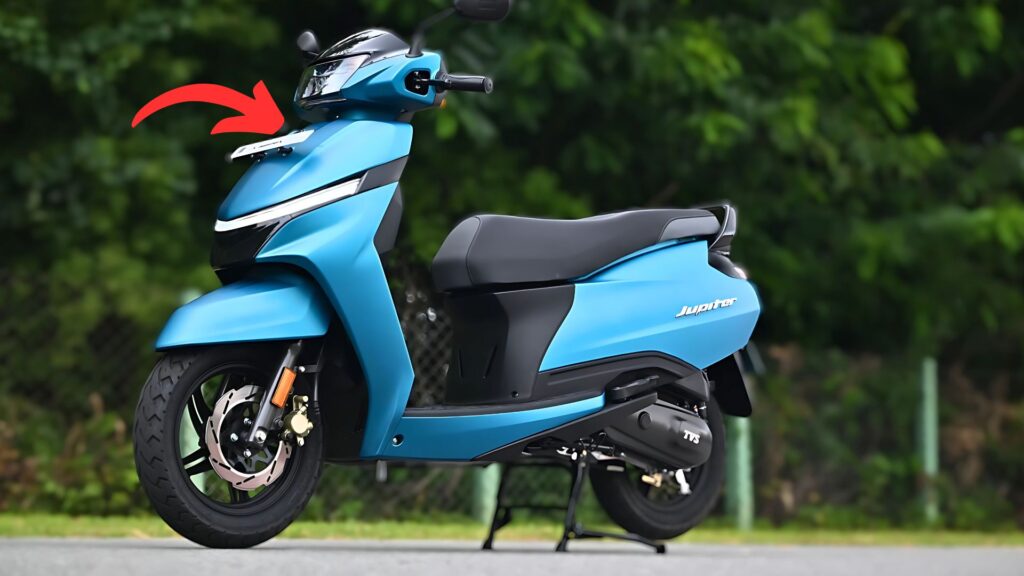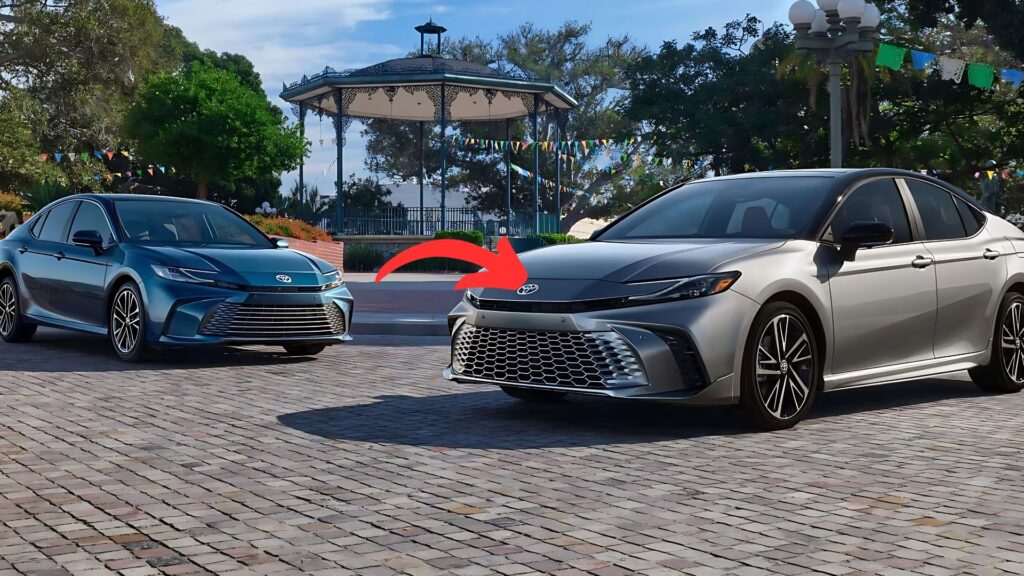As is evident from its sales performance for April 2025, Maruti Suzuki India Limited is still a force to reckon with, capturing a market share of over 50% with total sales of 179,791 units. The performance is a convincing 7% growth over the same month last year in which the OEM sold 168,089 units including sales in the domestic market and other OEM.S supply and exports. These robust figures have come at a time when consumer preference is changing, and competition is intensifying in Indian automotive industry, signifying Maruti’s ability to adapt and understand consumer preferences.
Table of Contents
Breaking Down the Numbers
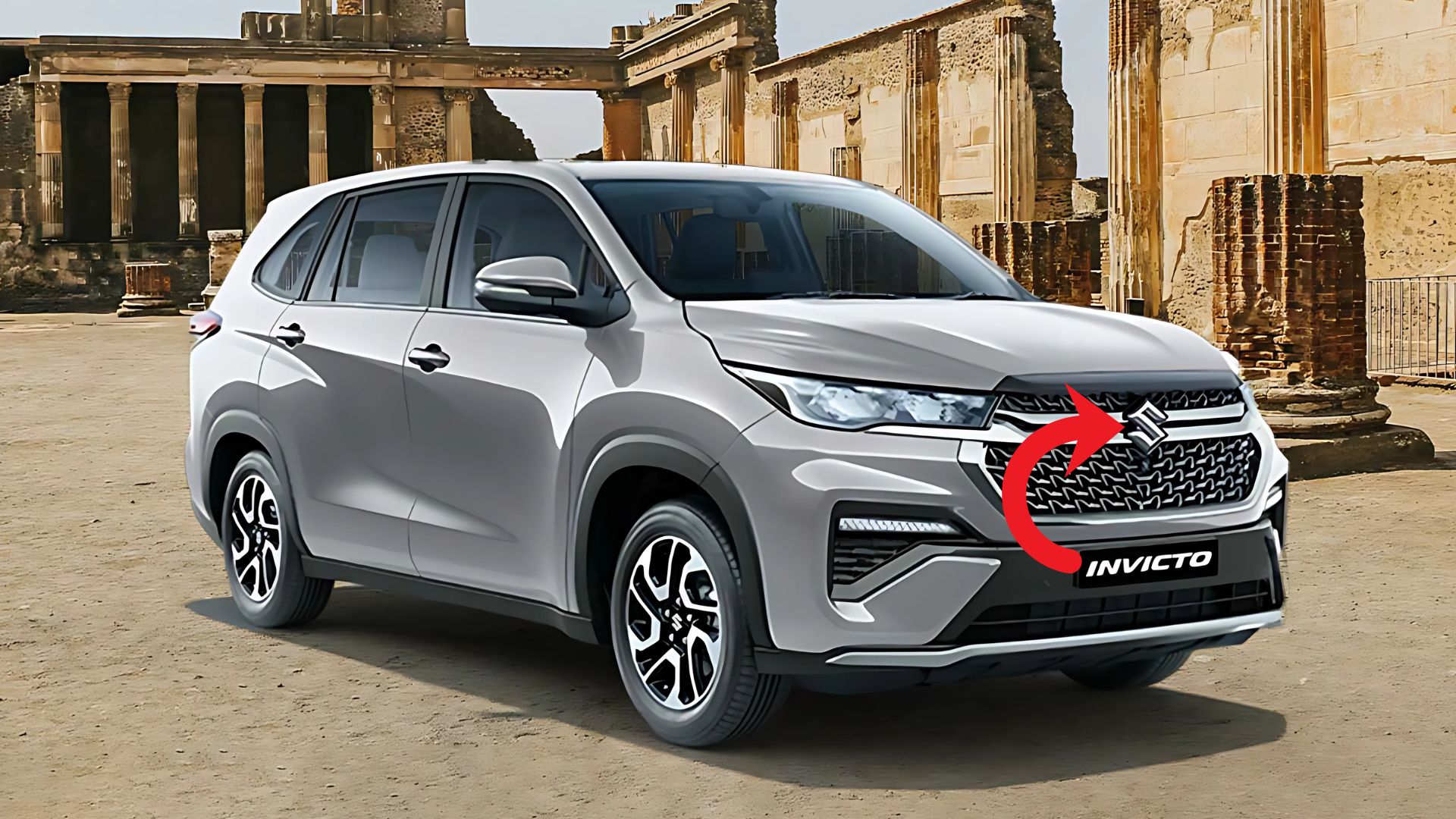
April numbers show strength across several areas of Maruti’s business. The company’s total domestic sales were at 142,053 units — comprising 138,704 passenger vehicles and 3,349 light commercial vehicles (LCVs). The OEM business increased to 9,827 units from 5,481 units in the prior year quarter. The increase in supply of vehicles to other OEMs depicts the robust production capacity and ties that Maruti has created in this competitive industry.
Most impressively, exports reached 27,911 units, a sensational increase of 26% over 22,160 units shipped in April 2024. The export record is also a stamp of Maruti’s increasing global attraction and a part of its roadmap to step out of India.
These numbers narrate a compelling tale for Rajesh Sharma, a 15-year auto analyst in Mumbai: “Maruti carries on to prove how tough it can be even in a cutthroat market like this.updateINew Delhi/Hyderabad: Marginal growth in sales for the second consecutive month in March provoked anxieties for the auto industry as Maruti Suzuki, India’s biggest carmaker and home to small popular models, offers evidence that disruption hasn’t decimated demand. The export growth is particularly pleasing, and it’s an indication that the company’s products have more than local market appeal. They’re using their manufacturing ability and brand trust to take over new territories.”
Performance By Segment: Changing Consumer Preferences
Examining these vehicle type trends on a granular level exposes interesting insights about their appeal to consumers. The compact segment which includes models such as the Baleno, Celerio, Dzire, Ignis, Swift and WagonR among others saw its sales jump to 61,591 units in April 2025 from 56,953 units in April 2024. This performance validates the strong underlying positioning in the value-conscious Indian market of Maruti’s bread-and-butter products.
But not all segments were growing. Mid-size sedan Ciaz reported 321 units as against 867 units in April 2024. That drop reflects the larger industry shift as the popularity of sedans dwindles while consumers flock to SUVs and crossovers.
Meanwhile, the utility vehicles arm (Brezza, Ertiga, Fronx, Grand Vitara, Invicto, Jimny, XL6) kept the company in good stead and sold 59,022 units, as against 56,553 units in April 2024. This proliferation is in line with the country’s move towards SUVs and establishes Maruti’s calibrated response to evolving customer tastes.
“Indian buyers want something fundamentally different, and we’ve seen a dramatic change,” says Priyanka Mehta, a car dealer in Delhi who has sold Maruti cars for more than a decade. “Five years ago, all anyone wanted were small cars that were fuel-efficient and easy to park. Now, people come in and ask about SUV features, ground clearance‚ tech options first. Maruti is smart to have turned the model line up around without diluting its value story.
Entry-Level Market Challenges
One black mark, though in a market with much to like. When you keep the 11,519 units of the Alto and S-Presso sold in April 2024 next to the 6,332 units sold last month is when you get what is a sharp fall in demand for basic, entry-level cars.
The decline reflects a huge change in the Indian auto market, where private car buyers are demanding more comfort, convenience and safety, even if they cannot afford a big car. The days of “stripper” transportation apparently are ebbing, as even first-time buyers want vehicles with numerous features and prestigious (if not real) status.
The trend is totally understandable for 35-year-old software professional from Pune, Anand Kulkarni, who recently upgraded from an Alto to a Baleno: “I started off with an Alto, and there’s no complaints about it for many years. But when it was time to replace it, I longed for something with more features and comfort. I was OK with spending more for an overall better experience. And I think that a lot of Indians feel the same way today — we want that value, but we also want a car that we’ll be proud of.”
Market Reaction and Stock Performance
Maruti sales numbers have been received well by the market. Shares in Maruti Suzuki India Ltd. rose as much as 3% in early trade after the release of the April sales data, and at 9:29 am, the stock was trading 2.77% higher at Rs 12,592.00. This belief of the investor shows confidence in Maruti’s business model and future.
Maruti’s outperformance of market expectation – that too in a highly competitive category – also underscores its credibility as a steady performer in the Indian Auto industry. Having a 42% share of the Indian market, Maruti Suzuki has never seemed to lose its starlight in the country, and is still doing better than most others despite the fierce competition from domestic and foreign players.
Production Capacity as Sales Support
Maruti’s strong manufacturing capacity has backed up these splendid sales numbers. The company’s total output volume reached 179,956 vehicles in April 2025, higher by 6% compared to the 169,751 vehicles recorded in the same month of 2024. This nearly similar production-to-sales ratio also indicates Maruti’s expertise in supply chain efficiency and inventory management.
The production breakup provides interesting details on what Maruti is currently producing, and clearly shows the priority in Maruti’s mind. In the passenger vehicles category, the company’s production stood at 176,784 units in April 2025, as against 166,325 units in the same month of the previous fiscal year. Production in the Compact sub-segment grew from 76,845 units to 82,576 units, the previous year. These are reflected in the sale numbers, indicating Maruti’s capability to project and satisfy the market.
Looking Ahead: Electric Dreams and New Models
Maruti’s present surge is at a very interesting crossroad for the company. The Indo-Japanese car maker has big plans for 2025 and its eyeing at leat three big launches. Maruti e Vitara will be the company’s first electric vehicle, and will likely go on sale before March 2025. This electric SUV will be Maruti’s entry in the emerging electric vehicle space, which is seen as imperative to stay in the game in a time when the automotive domain is being increasingly electrified.
In addition to the e Vitara, the company will launch a 3-row version of the Grand Vitara and facelift the Fronx. The new Fronx is also expected to be the launch platform for Maruti Suzuki’s self-developed strong hybrid powertrain. The new models showcase our commitment to meet the next level of customer aspirations, while adding a completely new dimension to the personality of the compact car.
Mahesh Verma, an analyst who has covered the automotive industry for 20 years, considers these roadmaps crucial to Maruti’s longevity: “Maruti anyway always understood India better than most, but they have been slow to catch up on some of the trends, especially electrification. These approaching releases indicate that they’re prepared to take some big swings while also playing into their strengths. The e Vitara is going to be an especially interesting one, if they can replicate their legendary value proposition into the EV space it will be a game-changer.”
Competitive Landscape
Strong sales by Maruti Suzuki has come at a time when the Indian automotive market is witnessing extremely competitive activity. Against this backdrop, the brand is up against competition from global car makers like Hyundai, Tata Motors, Mahindra and Kia. All of these rivals have been moving at a furious clip, particularly in the SUV and electric-car arenas.
Amidst this competitive heat, Maruti’s April sales show that it is still managing to tap the Indian consumer with its mix of reliability, affordability and a broad service network. The company’s strong knowledge of the Indian market, accumulated over many years of being there, is still an asset.
Navigating Turbulent Times
Maruti Suzuki’s April 2025 sales stood at 179,791 units looks like monthly numbers only that’s not all that this number is all of history of a company that is adjusting to change in consumer demands, technology disruptions and intense competition. The year on year increase of 7% shows great strength and flexibility in a volatile market place.
With Maruti lined up to enter new segments and be a part of the electrification race, these solid sales definitely give it credible ground to step on to. How well the company can manage growth while positioning for future shifts is likely to determine its long-term success in the changing Indian automotive space.
For the time being, as these April numbers suggest, Maruti Suzuki still maintains a special place in the hearts and garages of Indian buyers, a bond forged over decades of trust, value and an ability to relate closely with the Indian car buyer.




